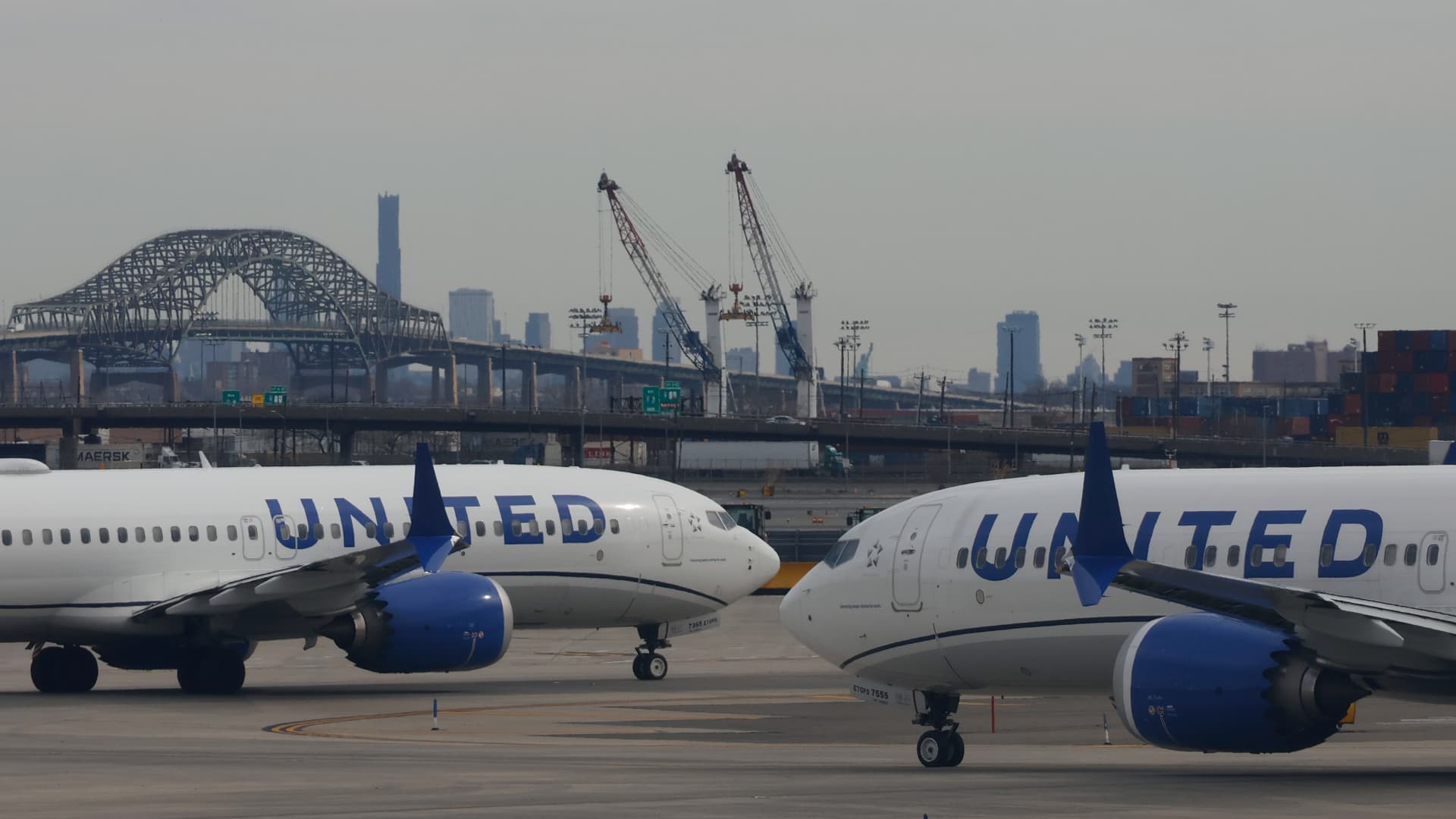Newark Airport Disruptions: A Deep Dive
The recent disruptions at Newark Liberty International Airport have sent ripples through the travel industry, affecting hundreds of thousands of passengers and pushing airlines to their operational limits. United Airlines, a key player at Newark, has consistently pointed to the Federal Aviation Administration (FAA) as the primary culprit. Let’s unravel the complexities behind these disruptions, their impact on travelers, and explore potential solutions to prevent future chaos.
The Anatomy of Disruptions
The FAA Staffing Crisis
At the heart of the problem lies a severe shortage of air traffic controllers. The FAA has been compelled to restrict air traffic flow into Newark due to insufficient staffing, particularly at the Philadelphia TRACON, which oversees Newark’s airspace. This shortage has translated into substantial delays, cancellations, and prolonged taxi times, disrupting the journeys of countless travelers.
The FAA’s response to these staffing shortages has been to implement ground stops and reduce arrival and departure rates at Newark. For instance, in November, the FAA reported staffing shortages on 12 of the first 25 days, affecting over 343,000 United travelers. The situation has worsened with the relocation of Newark’s airspace control to Philadelphia, intended to alleviate congestion but instead adding to the operational strain.
Technology and Equipment: The Silent Saboteurs
Beyond staffing, technology and equipment failures have significantly contributed to the disruptions. The FAA has experienced several outages and equipment malfunctions, grounding flights and causing extensive delays. A notable example occurred in April when an equipment issue led to major disruptions, with flights delayed by up to five hours as planes backed up on the tarmac.
These outages not only hinder timely departures and arrivals but also create a domino effect, causing delays and cancellations across the network. The FAA’s ground stop for Newark-bound flights due to an equipment failure highlighted the system’s vulnerabilities, emphasizing the need for robust and reliable technology.
Runway Construction and Weather Woes
Runway construction at Newark has further exacerbated the delays. A 60-day project on one of the airport’s three runways began in mid-April, adding pressure to the already strained system. This construction has slowed traffic flow and created bottlenecks, compounding the delays caused by staffing and equipment issues.
High winds have also played a role, forcing the diversion of at least 21 flights. The confluence of construction, high winds, and other factors has created a perfect storm of disruptions, challenging airlines’ ability to maintain their schedules.
The Passenger Perspective
The disruptions at Newark have significantly impacted passengers, leading to hours-long delays, canceled flights, and extended taxi times. This has resulted in widespread frustration and inconvenience, particularly during high-demand periods like the Thanksgiving holiday.
United Airlines CEO Scott Kirby has voiced his exasperation, attributing the FAA’s “staffing and inexperience” issues to thousands of delays and cancellations. The airline has had to divert flights, delay departures, and cancel services, all of which have negatively affected passenger experience and satisfaction.
Charting a Course for Improvement
To tackle the ongoing issues at Newark, several strategic steps can be taken to mitigate future disruptions:
Bolstering the FAA Workforce
The FAA must prioritize recruiting and training more air traffic controllers to address the staffing shortages. This involves offering competitive salaries, improved working conditions, and clear career advancement paths. Additionally, the FAA should consider reallocating some air traffic control responsibilities back to Newark to ease the burden on the Philadelphia TRACON.
Upgrading Technology and Infrastructure
Investment in modernizing the FAA’s technology and equipment is crucial to reducing outages and failures. This includes upgrading radar systems, communication equipment, and other critical infrastructure. Regular maintenance and upgrades will ensure that the technology is reliable and capable of handling Newark’s high traffic volume.
Managing Construction and Weather Challenges
The FAA and airport authorities should coordinate construction projects to minimize their impact on flight operations. This includes scheduling construction during off-peak hours and providing real-time updates to airlines and passengers. Airlines should also have contingency plans in place to manage disruptions caused by high winds and other weather-related factors.
Conclusion
Steering Towards a Smoother Journey
The flight disruptions at Newark Liberty International Airport stem from a mix of FAA staffing shortages, technology and equipment failures, and runway construction. These issues have significantly affected passengers, leading to delays, cancellations, and frustration. To prevent future disruptions, the FAA and airport authorities must address staffing issues, invest in technology and equipment, and better manage construction and weather-related factors. By taking these proactive steps, they can pave the way for a more reliable and efficient air travel experience, ensuring that passengers reach their destinations with minimal hassle and maximum convenience.








